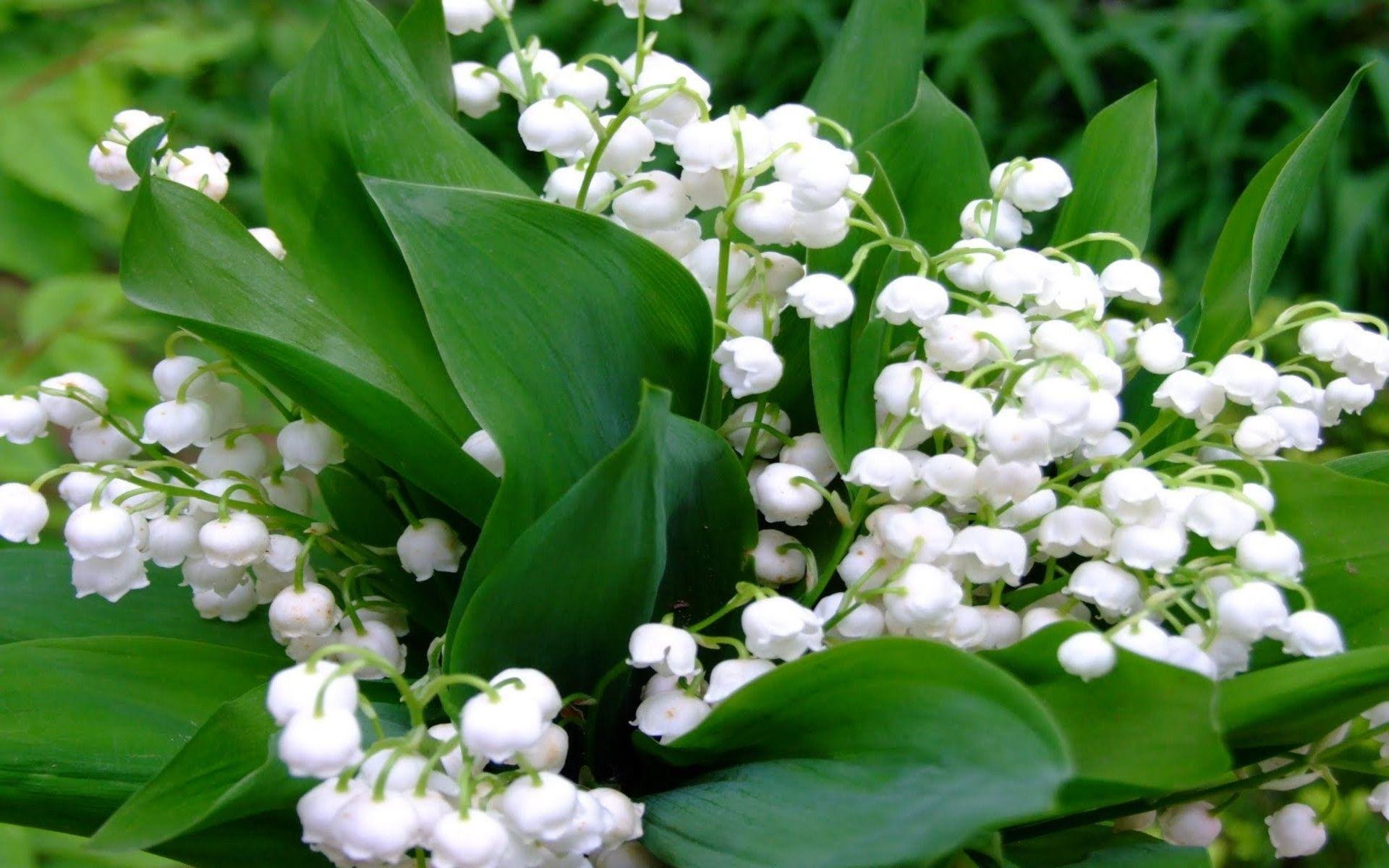Lily of the valley (Convallaria majalis)
Lily of the valley (Convallaria majalis)
Monthly Theme: An oldie, but a goodie!
This month’s featured flower is an oldie, but a goodie. Lily of the valley (Convallaria majalis) can be found in old and new gardens across the country. This hardy little plant is a crowd pleaser and has established its presence in gardens near and far.
The plants in my garden are a patchwork of memories. Plants given to me from dear friends or family members, plants purchased from community plant sales, plants received from local plant exchanges, and plants started from a cutting or seeds. Decades of memories scattered across my garden and weaving their stories across the landscape of my mind.
I’ve collected specimen’s from anywhere and everywhere – roadside plant sales, abandoned gardens, nurseries long since closed down, mail order purchases, clippings from garden caretakers. and even plants from my great Aunt Angie’s house in Florida.
My Lily of the valley patch came from my Grandma Ziesman’s home in Brecksville. They gracefully lined the entire west side of her house. They thrived in the shade and the fragrance drifted up into the bedrooms and bathroom above on that side of her house. When I’d sleep over, resting in the back bedroom, I could smell the memorable fragrance in the cool night air.
Before she passed, I transplanted some Lily of the valley to my house in Cuyahoga Falls. They quickly filled the length of my back patio. When I’d sit outside to read or dine, I could smell that delicious scent. They lived there for over 27-years. When I moved to Brimfield, I brought my lilies with me. Grandma’s Lily of the valley continues to live in the back corner of my house. They normally bloom around Mother’s Day quietly reminding me of my mother and grandmother.
Lily of the valley harkens back to Johnny Cash singing, “He's the Lily of the Valley, the Bright and Morning Star. He's the fairest of ten thousand to my soul.” Oh, how my dad loved Johnny Cash. Now my son has a dog named Johnny Cash.
Let’s get back to our discussion on the Lily of the valley (Convallaria majalis). The Lily of the valley (or Lily-of-the-valley if you prefer) is a rhizomatous perennial in the Asparagaceae (asparagus) family. This easy-care groundcover can grow to 6-12” tall and 9-12” wide with a 1-2’ spread. They have lush green deciduous leaves and delicate extremely fragrant bell-shaped white flowers. The flowers have six white tepals, which are fused at the base to form a bell shape, 5–10 mm (0.2–0.4”) diameter and are sweetly scented. They grow 5-15 flowers per stem. Flowers appear in late spring to early summer and hang around for about 3-weeks.
This plant fancies partial to full shade and rich moist organic soil. It likes acidic to neutral soil, but can tolerate slightly alkaline soil, too. It can handle summer drought and even clay or dry soil. They are resistant to hungry deer and rabbits.
Plant as a ground cover in shady areas, under trees of shrubs, or woodland gardens. They resist erosion so can be planted on slopes. The flowers are beautiful in bouquets so consider planting these in your cutting garden.
The easiest way to propagate Lily of the valley is by division, which can be dug up and divided in the fall or spring. Plant the divided roots about 6” apart and ½” deep with 15-25 plants per square foot. They grow slowly, but their dense rhizomes can spread and choke out other plants. Therefore, they are considered invasive by some gardeners, but I say, “You are welcome to invade my garden!”. Cover them with mulch every fall. If you prefer, you can start them from seed.
In much of the Midwest and Northeast, they are considered invasive and plantings are strongly discouraged. Believe it or not, they are even outlawed in some areas!
SMARTY PLANTS FUN FACTS
Zones 3 to 8
Lily of the valley belong to the family Asparagaceae (asparagus).
Plant Lily of the valley in rich and moist soil
Partial to full shade
Grow 6-12” tall and 9-12” wide
Late spring to early summer blooms
Deer/rabbit resistant and drought tolerant
Produces red berries in the fall
Provides assistance against slope erosion
Toxic to people, toxic to pets
THE MORE YOU GROW
Lily of the valley is native throughout the cool temperatures of the Northern Hemisphere in Asia and Europe. I’ve only known them as Lily of the valley, but I’ve read they are also called the American lily of the valley, May bells, Our Lady's tears, and Mary's tears.
Once established, Lily of the valley needs little attention to thrive. It is a long-living plant that doesn’t have serious issues with diseases or pests. However, do water during dry spells. As the plants get older, flowering decreases. So, it’s beneficial to dig and divide them to encourage fresh growth and more flowers.
There is no need to prune or deadhead this plant. Just let the foliage remain to decay in place. This will provide a natural winter blanket of mulch for the plants.
Besides the typical Lily of the valley species found in most gardens, here are several other cultivars available:
Convallaria majalis 'Rosea' rosy pink flowers.
C. majalis 'Fortin's Giant' larger flowers.
C. majalis 'Albostriata' white streaks on leaves.
C. majalis 'Hardwick Hall' yellow outline on leaves.
C. majalis 'Flore Pleno' double-flowered.
C. majalis 'Green Tapestry', 'Haldon Grange', 'Hardwick Hall', 'Hofheim', 'Marcel', 'Variegata' and 'Vic Pawlowski's Gold' are other variegated cultivars.
Be warned that Lily of the valley is toxic to humans, dogs, cats, and other animals. It contains saponins and glycosides that can cause irregular heartbeats as well as upset stomach if large quantities are eaten. Children can be drawn to the bright red berries, which are also poisonous. Conversely, my grandma always had children at her house, my mother reared three children, and I raised two children and none of these kids ever ate the berries or Lily of the valley plants
Berries are ¼” orange-red and contain 1-6 large white to brown seeds that dry to translucent round beads.
FUN FACTS
In the 20th century France, they sold Lily of the valley on May 1st. It was called La Fête du Muguet (Lily of the Valley Day). No sales tax was charged on that day only in honor of the beginning of spring. The Lily of the valley was the national flower of Yugoslavia and became the national flower of Finland in 1967. In the “language of flowers,” the Lily of the valley represents the return of happiness.
Not surprisingly, due to its beautiful fragrance, perfumeries have produced many perfumes using a fragrance simulating Lily of the valley. Lily of the valley has been used in weddings for generations
There is no scientific evidence that Lily of the valley has any effective medicinal uses for treating human diseases. Regardless Lily of the valley has been used as a cardiac tonic and diuretic for heart disease and dropsy. It has strong diuretic properties, reducing blood volume and lowering blood pressure. Also, it has been used to treat lung problems and obstructions in the urinary canal. Do not use the plant without consulting your doctor.
Lily of the valley provides plant food for the larvae of some moths and butterflies. Our ecosystem thanks you for providing a variety of plant life for animals, birds, and insects.
In conclusion, I’ve learned many life lessons in my garden and my memories seem to grow richer as years passed. I hope you can glimpse some garden memories from your own garden as they tell stories of love and loss, giving and receiving, past and present, and growing and evolving.



